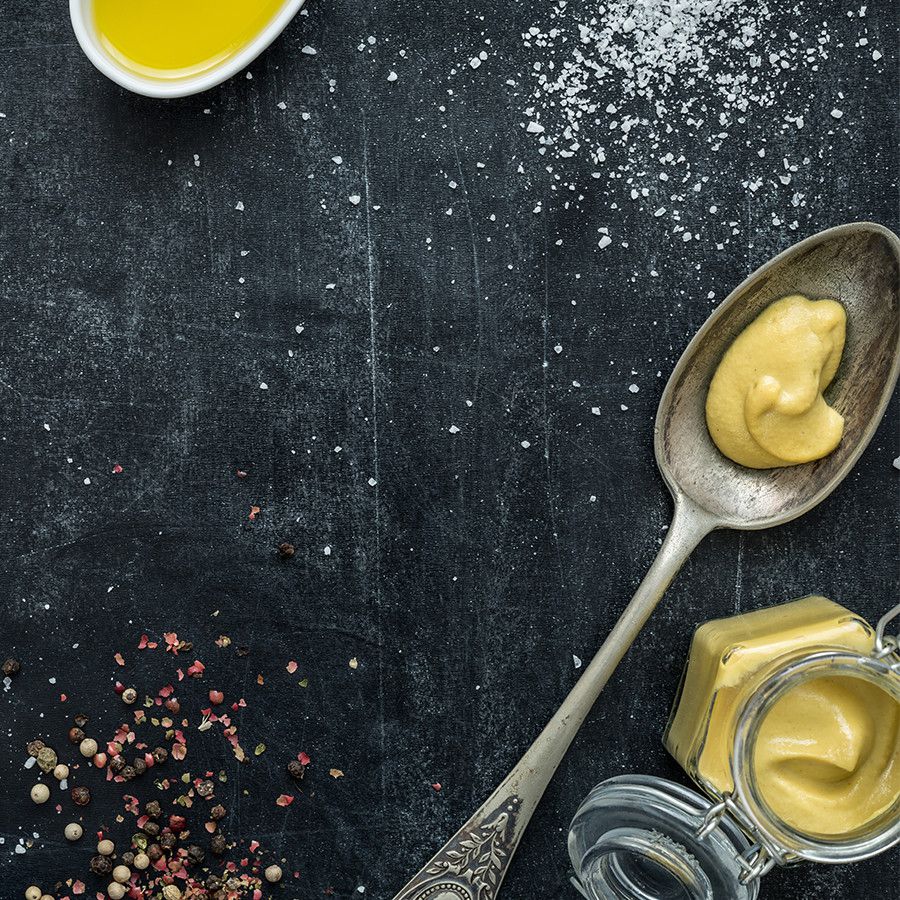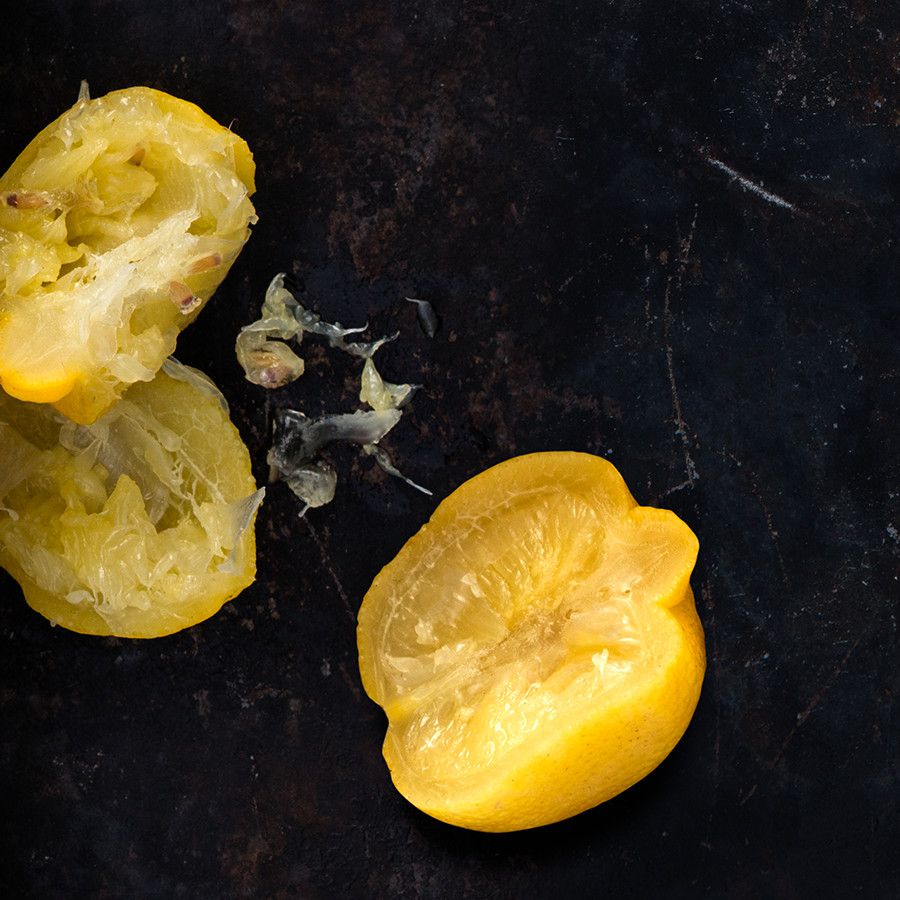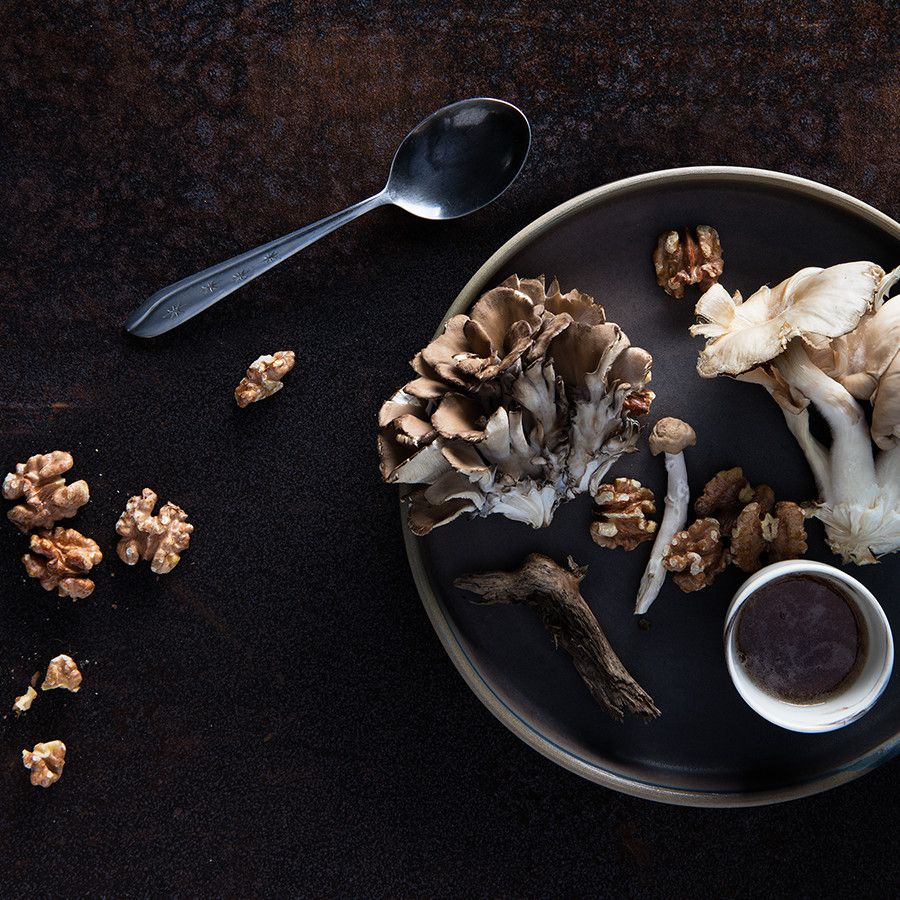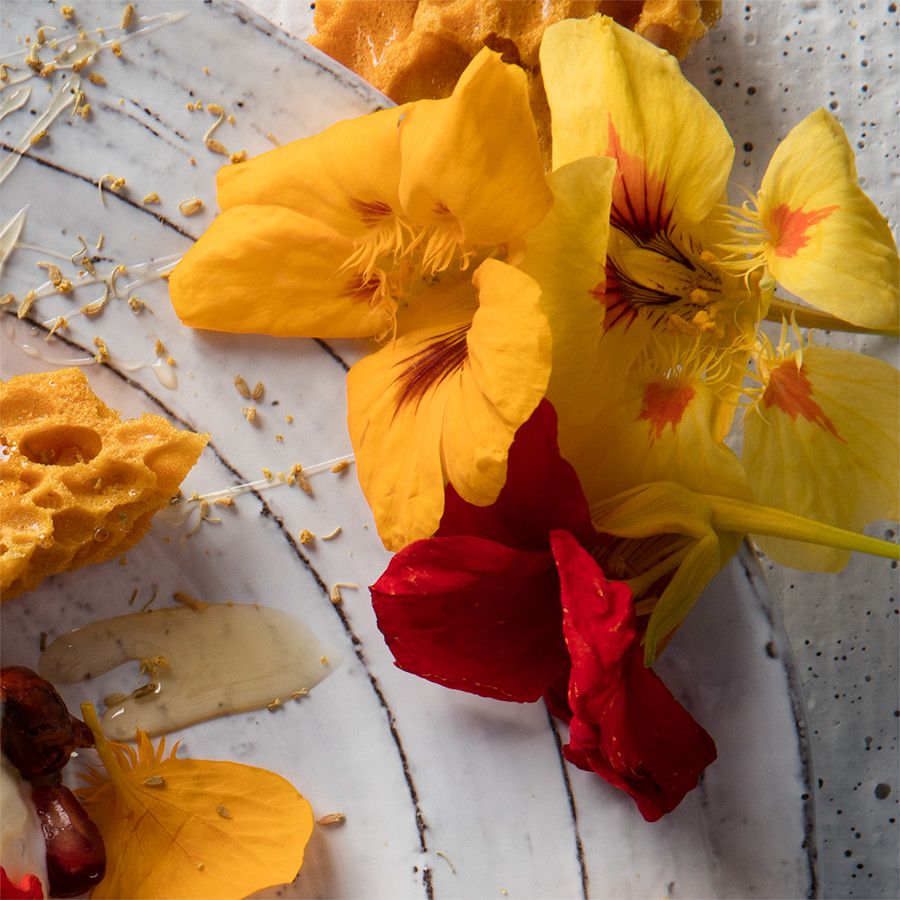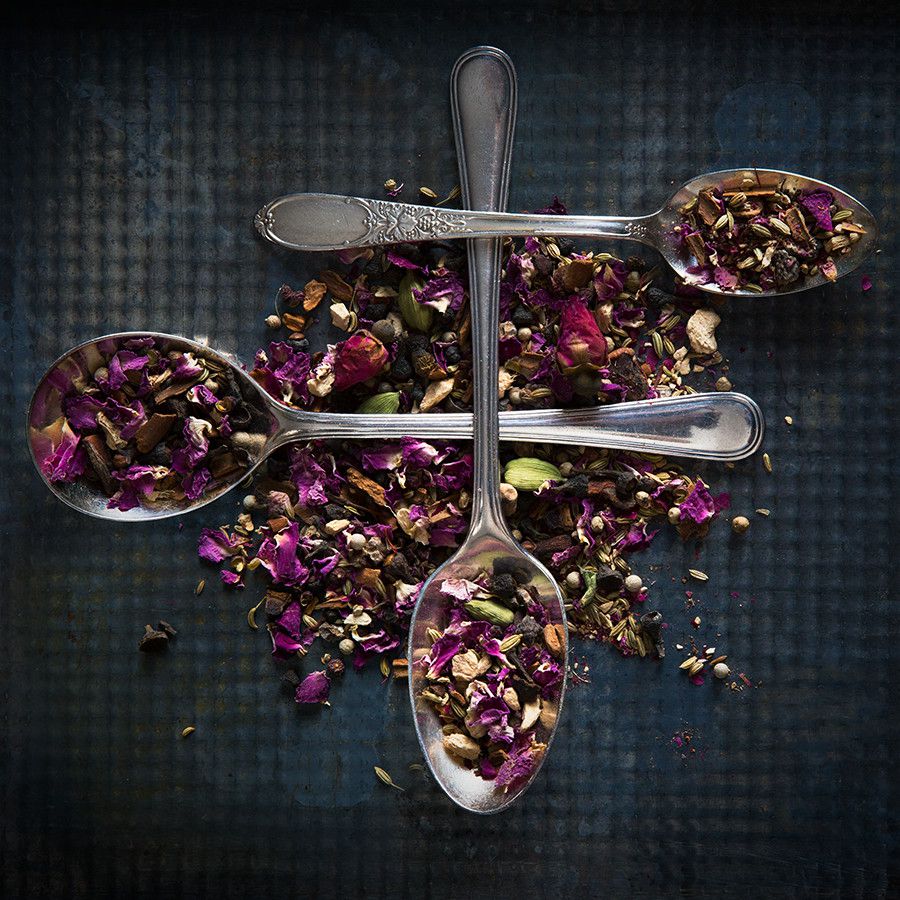
Tasting notes
Bitter
In the plant kingdom, bitterness often signals poison. It’s why babies will automatically spit out anything bitter – it’s a deep-rooted instinctive reaction. Yet many of us acquire quite a taste for bitter things: beer, coffee, citrus peel, and mildly bitter greens like rapini and endive. For centuries, bitter herbs have been infused in alcohol and taken as a restorative, or to improve digestion. These “bitters” are making a huge comeback on the craft cocktail scene, and bitter as a flavour is enjoying a moment in the spotlight – Canadian author Jennifer McLagan’s recent book Bitter is a fascinating and delicious read on the topic. She considers bitter to be ‘the most sophisticated flavour’.

